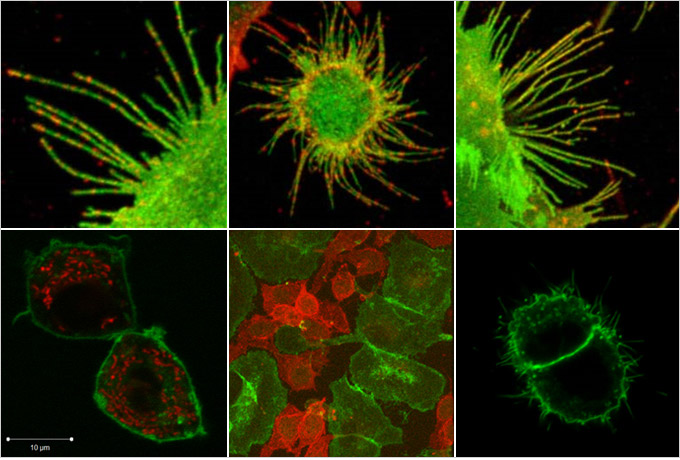
La ricerca di Diane S. Lidke si concentra sull'applicazione della microscopia a fluorescenza e delle tecniche biofisiche allo studio della trasduzione del segnale cellulare. Il tema del lavoro del Dr. Lidke è visualizzare e quantificare le dinamiche proteiche che regolano la segnalazione cellulare, sia nello stato normale che in quello malato. L'obiettivo finale è identificare i meccanismi molecolari che alterano la segnalazione nel cancro e la risposta immunitaria.

Diane S. Lidke. dottorato di ricerca
Dipartimento di Patologia
Centro di ricerca sul cancro, stanza 203
Facoltà di Medicina dell'Università del New Mexico
Albuquerque, New Mexico 87131